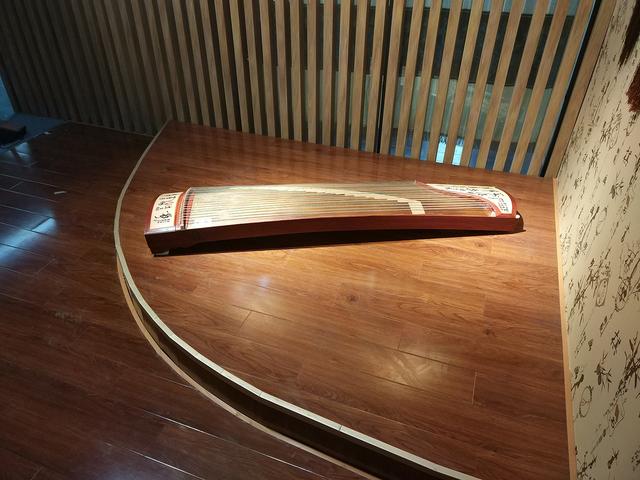What structures of the guzheng affect the timbre?
There are many types of guzheng, and each different brand has its own production style, but it remains the same, and its style will not change much.
The guzheng is composed of the zheng body, zheng head, zheng tail, face plate, bottom plate, side plate, front mountain, rear mountain, zheng code, peg, stringer, strings, and pronunciation holes. Next, let's break it down. Let's take a look at the influence of various parts of the guzheng on the sound of the guzheng.

1. The body of the zither
The body of the zheng consists of four parts: the front panel, the bottom panel, the zither head and the zither tail. The part surrounded by the panel and the bottom panel is the sound box for the guzheng pronunciation. Generally speaking, a guzheng with a larger resonance box has a louder sound, but this does not mean that the timbre will be better. The quality of the material, the level of the production process, and the player's playing method are the keys to determining the timbre of the guzheng. .
Second, the head of the zither, the tail of the zither
The veritable vase part, at the beginning, the appearance of the zither head and tail was to give the fingers a place to rest. Later, in order to facilitate the tuning, the zither head was changed from a closed type to an on-off type, which is convenient for tuning, and later evolved into a can. A piano case for small parts such as wrenches and tape. Since it is a vase, the head and tail of the zheng have almost zero influence on the timbre of the guzheng.
3. Tuning shaft, string hole
The main function of the tuning shaft is to tie the strings, and has the effect of changing the pitch by adjusting the tightness of the strings. Its position is at the opposite end of the string hole. The two parts of the tuning shaft and the string hole are only used for auxiliary functions and have no actual impact on the timbre of the guzheng.
Fourth, the zither code
The role of the zither code is still a bit big. Its main function is to conduct the vibration of the strings through the zither code transmission panel to the entire speaker, so that the sound of the guzheng can be formed.
Another function of the zheng code is to tune the strings and tune the tone. If the zheng code is moved to the right, the sound will increase, and vice versa. For beginners, one of the problems that they often have is that the zither code is placed at random. After placing it according to the requirements of the schematic diagram, everything will be fine. However, they do not know that the order of the zither code and the neatness of the arrangement will affect the tension of the strings. It will affect the sound quality of the guzheng.
Panel, strings, and piano code, these three parts are the three major elements that affect the sound quality of the guzheng. When choosing a guzheng, you can also pay attention to it to avoid stepping on thunder!
 渝公网安备 50010702504639号
渝公网安备 50010702504639号